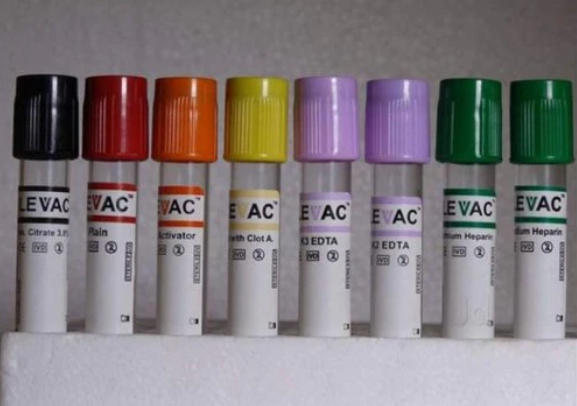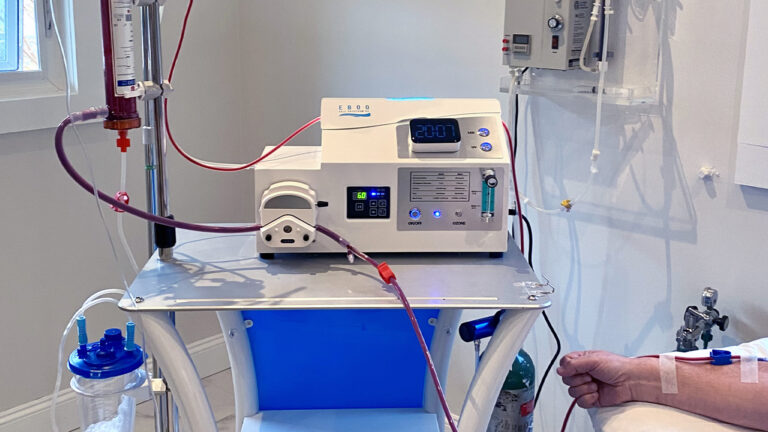Why are Blood Collection Tubes Color Coded?
In the world of medicine, precision and accuracy are of paramount importance. This extends even to something as seemingly straightforward as drawing blood for diagnostic tests. Blood collection tubes are color-coded to streamline the process and ensure the right tests are conducted without errors. These seemingly mundane tubes play a critical role in healthcare, helping medical professionals gather vital information about a patient’s health. This article will delve into the fascinating world of color-coded blood collection tubes, exploring why they are used and the significance of each color.
Table of Contents
The Basics of Blood Collection Tubes
Before diving into the color codes, let’s understand the basic components of a blood collection Vacutainer Tube. These tubes are typically made of plastic or glass and come equipped with a rubber stopper. The stopper serves as a barrier between the blood sample and the outside environment, preventing contamination. Inside the tube, there may also be additives or chemicals that help preserve the integrity of the blood sample and facilitate specific tests.
Why Color Code Blood Collection Tubes?
- Avoiding Mix-Ups: One of the primary reasons for color-coding blood collection tubes is to prevent mix-ups. Multiple patients may have their blood drawn simultaneously in a busy healthcare setting. Using color codes helps ensure the samples are matched correctly to the respective patients.
- Identifying Additives: Different tests require different additives to preserve the blood sample or prevent clotting. By color-coding the tubes, medical professionals can easily identify which additives are present in a particular tube, ensuring the right tests are conducted.
- Streamlining the Process: Color-coding simplifies the process of blood collection and testing. Medical professionals can quickly identify the required tubes and additives, saving time and reducing the risk of errors.
Decoding the Colors
Now that we understand the rationale behind color-coding blood collection tubes, let’s decode the meaning of each color:
Red Tubes
- Purpose: These tubes typically do not contain any additives.
- Use: Red-top tubes are used for serum tests, including chemistry tests and blood bank studies.
Lavender Tubes
- Purpose: Lavender-top tubes contain an anticoagulant called EDTA (Ethylenediaminetetraacetic acid).
- Use: They are commonly used for hematological studies, such as complete blood counts (CBCs) and blood typing.
Green Tubes
- Purpose: These tubes contain heparin or lithium heparin, which prevent blood clotting.
- Use: Green-top tubes are used for plasma determinations in chemistry tests.
Blue Tubes
- Purpose: Blue-top tubes contain citrate, another anticoagulant.
- Use: They are primarily used for coagulation studies and tests that assess how well blood clots.
Gray Tubes
- Purpose: Gray-top tubes often contain sodium fluoride and potassium oxalate.
- Use: These tubes are used for glucose testing, as the additives inhibit glycolysis.
Conclusion
Color-coded blood collection Vacutainer Tubes are a simple yet ingenious system that plays a crucial role in the accuracy of diagnostic tests in the medical field. By using specific colors to denote different additives and purposes, healthcare professionals can efficiently and accurately collect and analyze blood samples, ultimately leading to better patient care and outcomes.
FAQs
- Why are blood collection tubes color-coded?
- Blood collection tubes are color-coded to prevent mix-ups, identify additives, and streamline the testing process in healthcare settings.
- How do healthcare professionals remember the color codes?
- Healthcare professionals often use mnemonic devices or reference charts to remember the meanings of different tube colors.
- Are there variations in color-coding systems in different regions?
- Yes, there can be variations in color-coding systems from one region or healthcare facility to another, but the core principles remain the same.
- Can using the wrong color-coded tube lead to incorrect test results?
- Yes, using the wrong color-coded tube can potentially lead to incorrect test results, as it may contain additives that interfere with the intended tests.
- What happens if a blood collection tube is not properly sealed?
- If a blood collection tube is not properly sealed, it can lead to contamination of the blood sample, rendering it unusable for testing.





